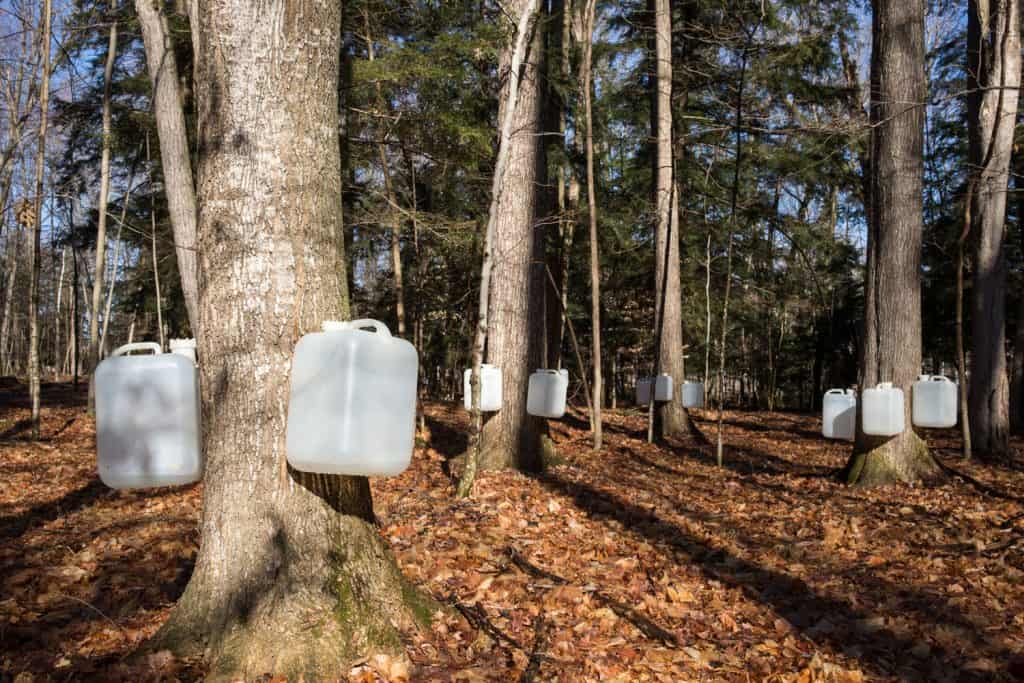
Today, the value of maple syrup production in the United States is over $140 million per year. Ojibwe and Dakota people developed multiple methods of sap collection and syrup preparation, as did Native Americans further east. Its common names are based on the multiple benefits discovered over thousands of years. Spring flowers are bright chartreuse green and emerge before leaves. Visit What’s wrong with my plant? - Maple for a list of the most common pest problems in Minnesota. Protect trunks by applying tree wrap during the winter months, until the risk of frost has passed. Thin bark on younger trees can be susceptible to frost cracks as a result of freeze-thaw cycles.Susceptible to borer insects, though usually in times of climate stress.Susceptible to verticillium wilt, which is often lethal. Prone to leaf spot diseases in wetter years, which is usually cosmetic and not lethal.Have your soil tested by the U of M Soil Testing Lab.Soil pH: best in slightly acidic soil (6.8).Sensitive to heavy traffic and soil compaction.Poor tolerance of salt or air pollution.Intolerant to flood or drought conditions.
#Planting sugar maple trees full#

Width: variable, but usually ⅔ the height.Height: typically 60-75 feet, with the potential for 100 to 120 feet, though smaller varieties have been introduced.The main limitations for this species include not enough growing space, air pollution, excess salts and compacted soils. The forest understory also toughened sugar maples for shady locations. While preferring slightly acidic soils, it can handle alkaline.

Though slow-growing, it does best in moist, well-drained, fertile soil. Long-lived and common to hardwood forests, its native range runs from Minnesota to Missouri, and east to Maine and Nova Scotia. Sugar maple ( Acer saccharum), also known as rock maple or hard maple, is one of the best known trees in Minnesota. Plus, we’ll tell you where and when to see the best color at the Arb this fall! Sugar maple From narrow forms to fit tight spaces, to large and proud shade trees, there’s a sugar maple for every occasion. Here is a favorite, both for its jaw-dropping color and for the syrup we need on our pancakes. The Minnesota Landscape Arboretum is all about trees. Sugar maple is loved for its bright-colored fall leaves.


 0 kommentar(er)
0 kommentar(er)
